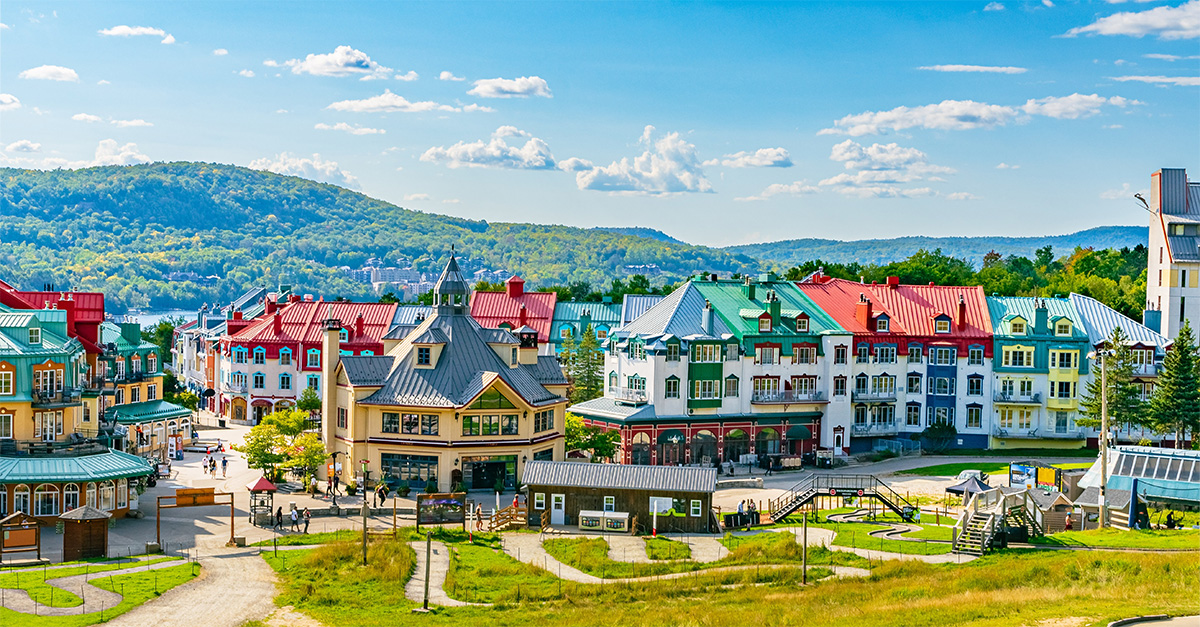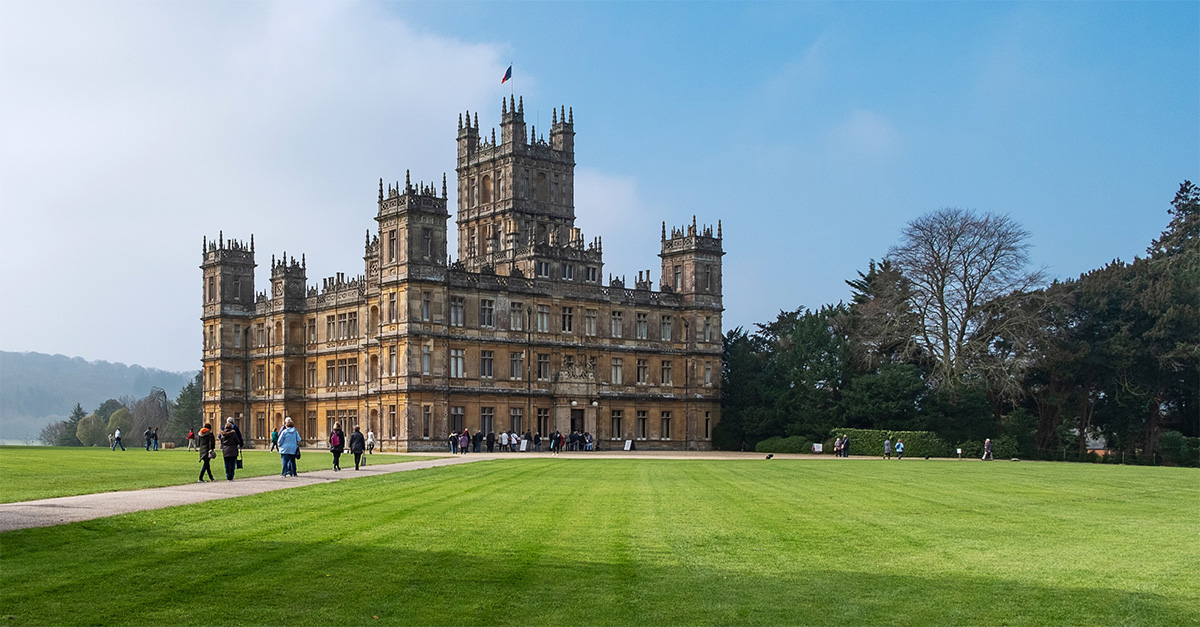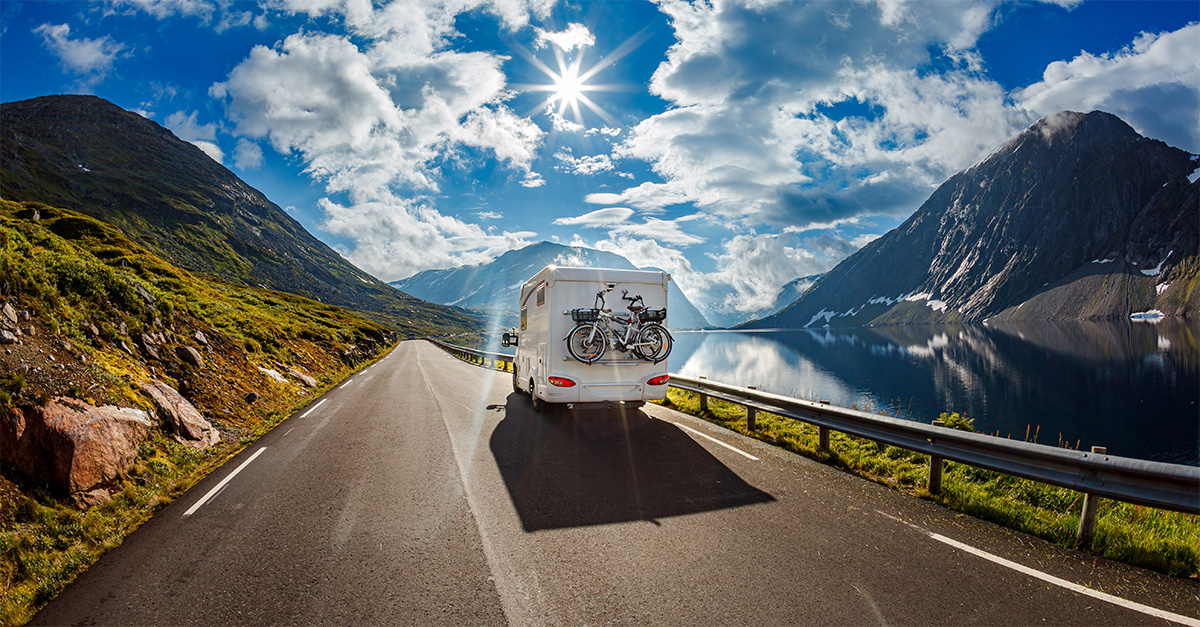Joanna Booth takes a look at twinning Croatia with Montenegro and its other neighbours
Like this and want more details? Click here to download and save as a PDF.
When the sun shines on the Bay of Kotor, Montenegro seems a particularly poorly-chosen name for the country.
The mountains aren’t black at all – they’re a vivid green, contrasting beautifully with the deep blue of the sea, and the red roofs of the buildings that dot the shore.
We took in the view from a speedboat on the water, and from land, staying in the gorgeous Venetian walled town of Kotor, and whichever direction you’re looking from it’s pretty idyllic.
Like its Adriatic neighbour Croatia, Montenegro has plenty in common with Italy, the country it faces across the water. The architecture of Kotor Bay’s old towns is testament to the fact this area was a Venetian Republic at the end of the 17th century.
The balmy climate, relaxed cafe culture, and a love of good food and fine wine all give Montenegro that Mediterranean feel.
However, this is a Balkan nation and there are Slavic influences in evidence too. The Montenegrin language can be written in both Latin and Cyrillic alphabets, so this duality is often quite literally spelled out in the writing on the wall.
All this makes for a rather rewarding recipe – a destination that can offer la dolce vita with a side of complex history.
OLD AND NEW
The Balkan conflict of the 1990s feels a million miles away as we skim across the bay, the sun glinting on the sea and the tiny islet of Our Lady of the Rocks, with its pretty domed church, on the horizon.
Legend has it that local seamen found an icon of the Madonna and Child in the mid-15th century, and over the years formed the island by throwing a stone into the sea at that same point every time they returned from a successful voyage. (The tradition of leaving an offering of thanks here is alive today – visitors will spot a rock in the museum donated by the captain of Azamara Quest in 2010, after a fire on board was safely extinguished.)
The 17th century church is a baroque beauty, filled with paintings, tapestries and silver votive tablets. To bring more recent Montenegrin history to life, visit with Goga Utzschneider, owner of Kotor Bay Connect, a family-run operator that provides day tours in the area, bookable through Explore Montenegro.
In 1996 she was the first bride to get married in the church for more than 50 years, the hiatus due to Yugoslavia’s communist leadership discouraging church weddings. Listening to Goga tell the tale of how she struggled to obtain travel visas for her husband’s American family during a period of UN sanctions really illustrates the day-to-day impact of the Balkan troubles.
But watching her point out her wedding bouquet – there’s a tradition for brides to leave them hanging from the church ceiling – is a visual and very personal testament to the fact that things here have changed for the better.
Kotor Bay Connect’s Boat, Beach and Sightseeing day tour contrasts the historic – Our Lady of the Rock and nearby old Venetian town Perast – with the new, in the shape of Porto Montenegro. This sparkling new marina is full of swanky yachts – their owners attracted in part by the low mooring fees, but also by the selection of stylish restaurants, bars and boutiques on shore.
These will be joined this summer by the super-luxury Regent Porto Montenegro Hotel and Residences, which opens on July 1.
Another marina development further down the coast, Lustica Bay, is scheduled for completion in 2016. Still farther down the coast, near Budva, Aman Sveti Stefan is a deluxe resort converted from a former 15th century fortified island.
GREAT VALUE
However there’s no need to break the bank to enjoy this tiny country. Explore Montenegro offers three nights with breakfast in the comfortable, characterful boutique hotel Kotor Wine Rooms from £324 including flights in May, or a week self-catering in Eva’s House, a two-bedroom hillside villa with a private pool, plus car hire and flights, from £641 during the second half of July. (montenegroholidays.com)
A two-course meal can easily cost no more than €10, a bottle of wine €12. And there are some lovely places to dine. In Kotor Old Town we had pre-dinner drinks in a walled courtyard at Ombra before dining alfresco in a square at Scorpia. For a real treat, recommend Galion, a glass-walled restaurant just outside the town walls with stunning food and views over the bay to match. For an atmospheric lunch, suggest Stari Mlini, a converted 16th-century mill accessible by speedboat.
It’s not just on price that Montenegro punches above its weight. Considering its small size it has some fairly impressive boasts, including the second-longest canyon in the world (the Tara River Gorge, a top spot for rafting), and the second-biggest lake in the Balkans – the beautiful Lake Skadar – which clients can walk around and kayak on.
TWIN IT
There’s more than enough on offer to visit Montenegro as a standalone destination, but it also makes a sensible twin with Croatia. Instead of flying direct – Montenegro Airlines flies into Tivat from Gatwick, but only two or three times a week – visitors can make use of Croatia’s far greater choice of airlift and experience both destinations into the bargain.
Dubrovnik makes the most convenient gateway, and the buzz of Croatia’s most popular tourist city combines well with more tranquil Montenegro.
Classic Collection recommends five nights in each, pairing sleek clifftop property Hotel Dubrovnik Palace and the Queen of Montenegro in laid-back Becici from £1,188 for accommodation with breakfast, flights and transfers – the drive between the two is about two hours and 40 minutes.
Explore Montenegro gives clients the chance to really live the history of the area while exploring in some style on its week-long Tito’s Blue Train Rail and Sea Tour (from £1,119 including flights and half-board accommodation).
Starting in fascinating Belgrade (capital of Serbia and formerly capital of Yugoslavia), guests travel to Montenegro on the Blue Train – once the private train of Yugoslavian leader Marshal Tito – enjoying the mountain scenery and eating in the state dining car.
Then it’s time to relax in style on an old-fashioned wooden gulet, cruising up the coast from Kotor to Dubrovnik in Croatia, hopping off to explore.
MORE BALKAN TWIN-CENTRE OPTIONS
Croatia also twins easily with its neighbours Bosnia and Slovenia.
Croatia and Bosnia
For those with an interest in recent history, Prestige Holidays’ new nine-night tour combining Croatia with Bosnia has the added draw of being hosted by former BBC correspondent Martin Bell. Starting in Zagreb and ending in Dubrovnik, the itinerary visits destinations ravaged during the break-up of Yugoslavia.
Poignant sites include Sniper Alley and the Sarajevo Tunnel in the Bosnian capital; Vukovar in Croatia, scene of an infamous hospital massacre; and Mostar’s stunning Ottoman bridge, which was rebuilt after the war. The trip, priced from £2,350, departs on October 20.
Croatia and Slovenia
Balkan Holidays offers two coach tours, one visiting Croatia and Bosnia, the other also including pint-sized baroque gem Ljubljana, the capital of Slovenia, and stopping in Croatia’s Plitvice National Park for the natural high of woods and waterfalls. The seven-night Discover the Western Balkans tour starts from £938 on a half-board basis including flights.
For a more relaxing holiday, try Classic Collection’s combination. Lake Bled, just 45 minutes outside Ljubljana, has Alpine peaks, a crystal lake, an 11th-century castle and thermal waters.
Three nights here in Hotel Lovec can be twinned with four by the sea in Opatija, from £909 on a B&B basis with flights and transfers – the drive between the two takes about 90 minutes.





